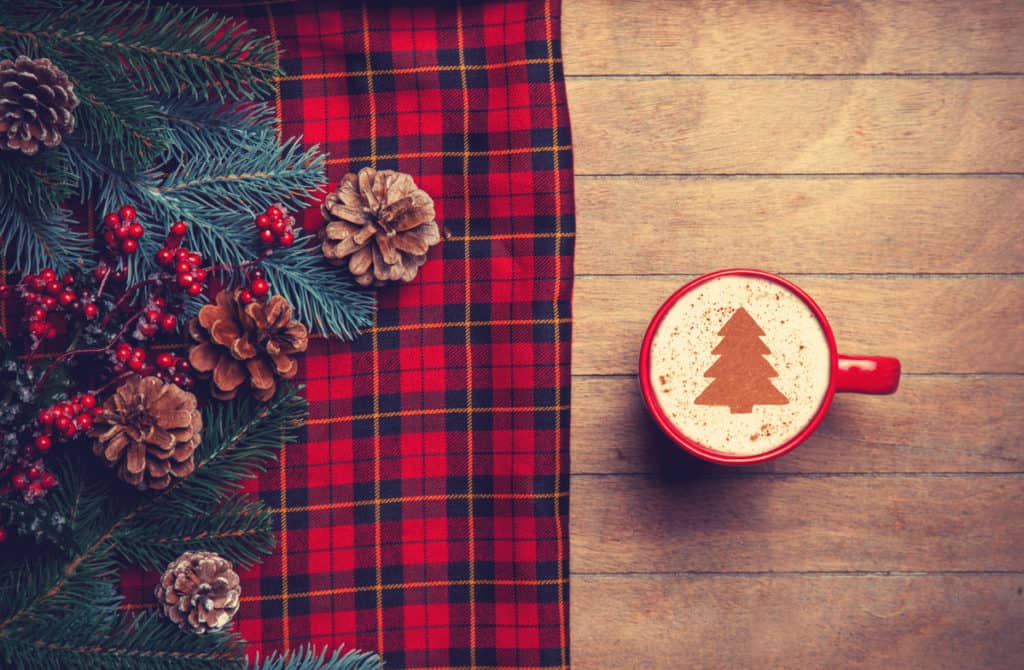
This year will be my 5th Christmas in Scotland! I’ve lived here for longer but spent a few Christmases away, so I’m still getting the hang of all of the Scottish Christmas traditions.
But to be fair, Christmas, as we know it now, is actually not that traditional in Scotland. In fact, Scotland had a period of time where Christmas didn’t happen at all!
During the Reformation in the 16th century, there was a ban on all Christmas celebrations. It was removed from the calendar altogether as the newly formed Church of Scotland abandoned Catholic beliefs and rituals.
After this period of time, Christmas returned in England, but in Scotland, the people were discouraged from celebrating it until much later. It wasn’t until 1958 when Christmas Day became a national holiday in Scotland, and 1974 until Boxing Day was added too!
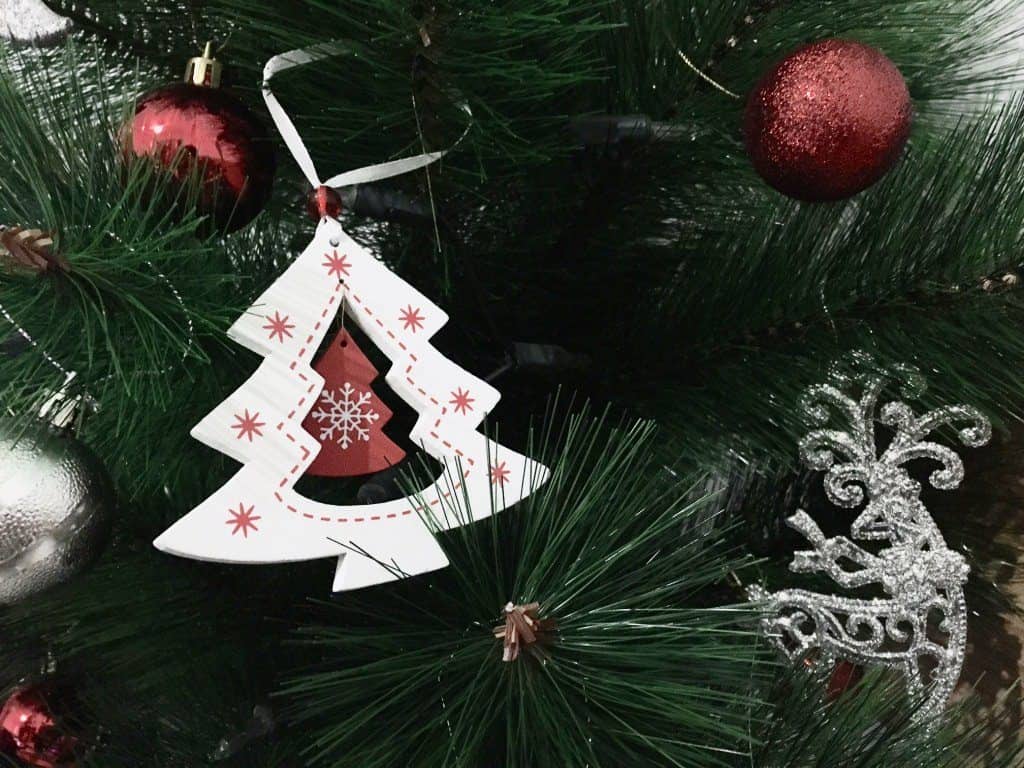
Despite all of this, there are some Christmas traditions that can be traced back many years in Scotland, and a few that were passed on to become New Year (or Hogmanay, as it’s called here) traditions instead.
Before 1560 Christmas in Scotland was called Yule, and also Yhoill or Yuil. There were gifts, gathering, and feasts. When all of this was banned Scots couldn’t be without a party, of course, so they moved celebrations to a week later to the New Year, and Hogmanay became the biggest celebration of the year.
Scottish Christmas Traditions
Bringing greenery into the house
Yule time traditions date far back to the Druids and Pagans. They were known to bring greenery like Mistletoe into the house to be hung and encourage fertility (you can see where the kissing tradition came in!).
It was also to symbolise the idea that life could continue in the darkness, since around Christmas is the longest nights of the year.
Divination Traditions
It may not be so popular now, but back before the Reformation divination traditions was common around Christmas. Some involved reading ashes from the hearth, or even the white of an egg!
Using fire in celebrations
On the shortest day of the year (often close to Christmas) the Pagans would burn a Yule log. Not the chocolate kind you might see now of course! The log would be lit using a piece of the previous year’s log, and it was said that those sitting around the burning fire would have good luck and prosperity for the year ahead.
Celts brought the tradition of burning the Cailleach, or “Old Woman Winter”, a log carved with the face of an old woman that would be tossed on the fire on Christmas Eve to ward off bad luck.
Burning a Rowan tree branch was also popular, as a way to clear any bad feelings between friends and family.
Although I couldn’t find when it started, candles are lit in the front window to show a welcome to strangers. This was known as Oidche Choinnle and symbolised guiding the holy family on their way.
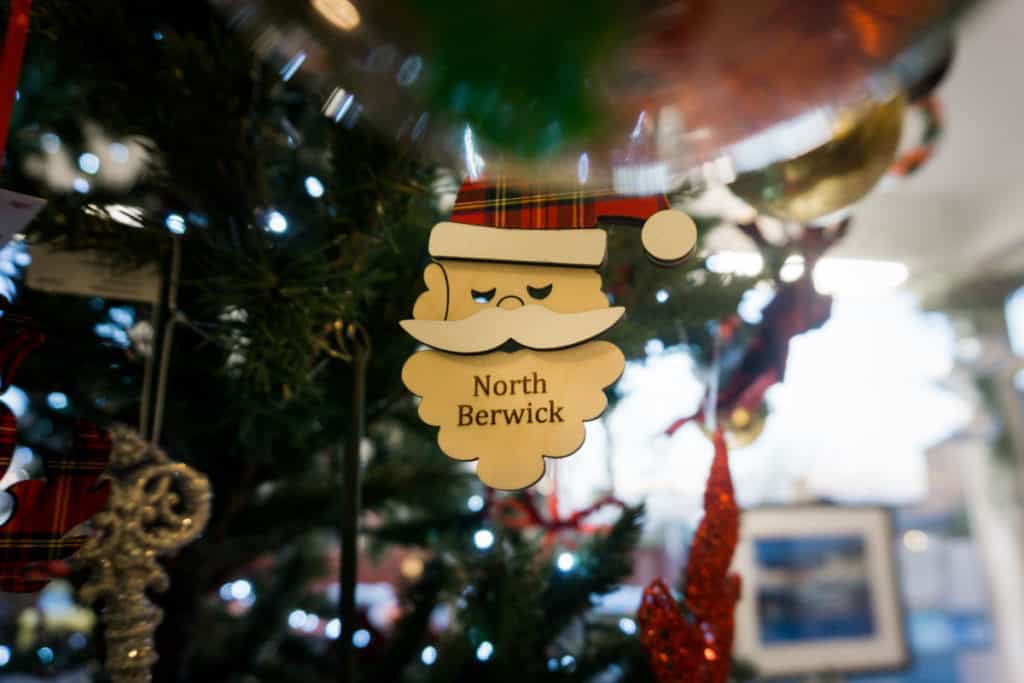
Saying Happy Christmas/Merry Christmas
I did a bit of digging to see if there is any particular way that people say “Merry Christmas” or “Happy Christmas” in Scotland. I can’t say I’ve ever heard it myself, but there are cards that say it in Scots or Scottish Gaelic.
For Scots, it could be “A Blithe Yule” meaning Happy Christmas, or “A Cantie Yule” for cheerful or pleasant Christmas.
In Scottish Gaelic, it would be “Nollaig Chirdheil”.
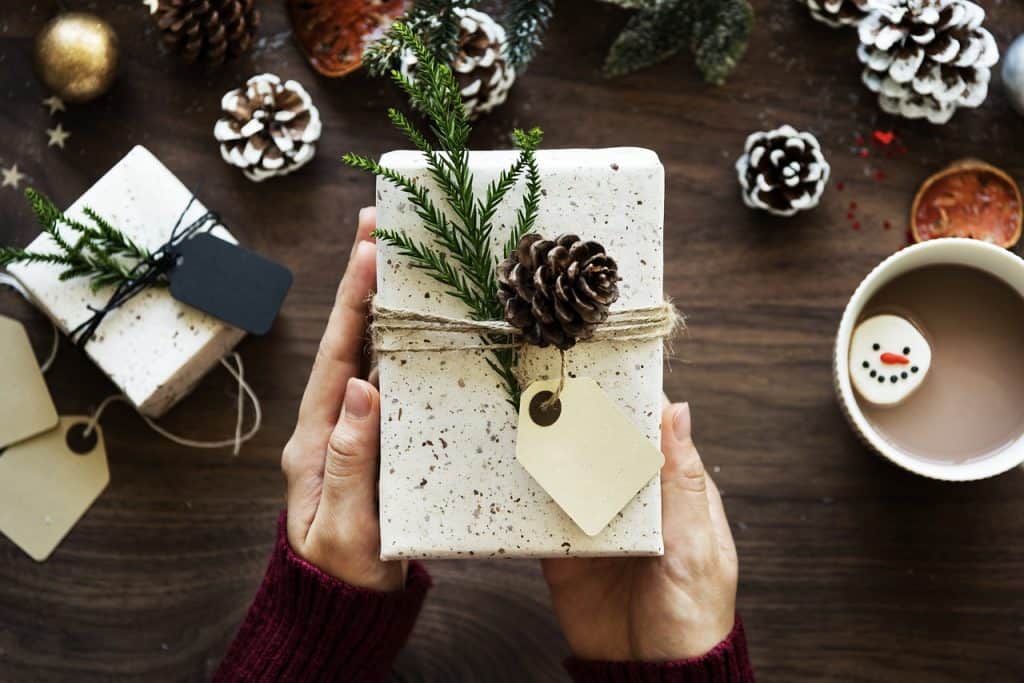
Christmas Eve as Sowan’s Night
In some places in Scotland, Christmas Eve is called Sowans Night, after the dish Sowans, which is oat husks and meal steeped in water for several days.
The name of the big man himself
“Father Christmas” is the dominant name in the UK for the bearer of gifts at Christmas, but in Scotland, he’s usually just called “Santa”. Not Santa Claus, just plain Santa!
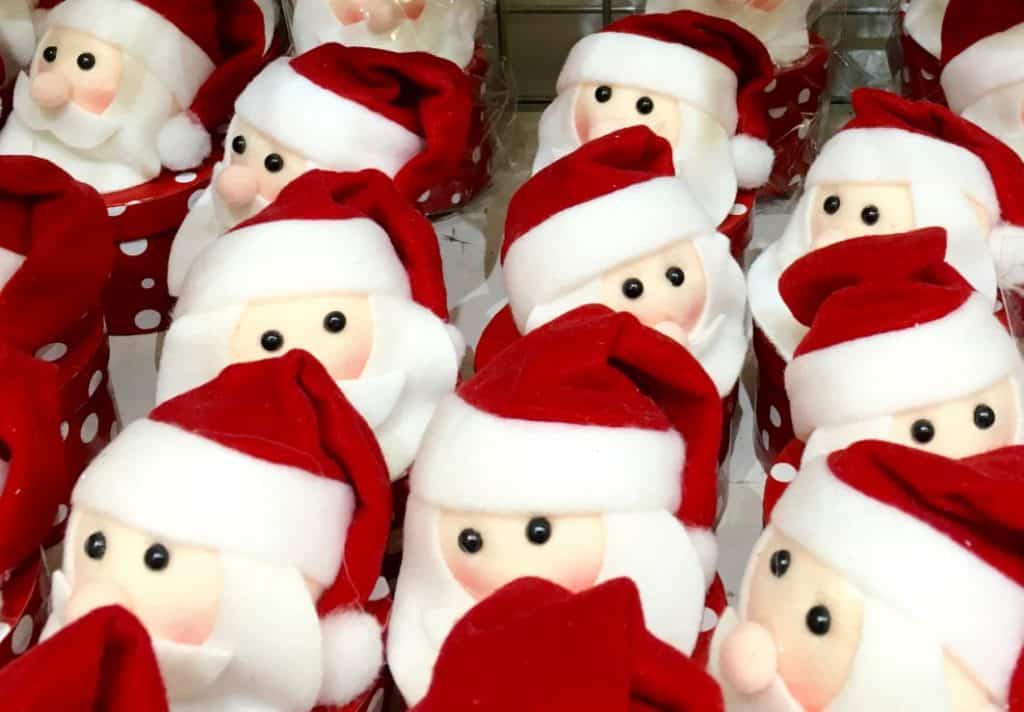
Traditional Scottish Christmas Food
Like the rest of the UK, Turkey is the usual main event on Christmas Day, but there’s an array of Scottish additions to the dinner table too. It could be served alongside Angus Beef or Scottish Lamb.
For starters, a soup like Scotch Broth or Cock-a-Leekie (chicken and leek) is nice and warming.
As an abundant producer of salmon, there’s usually some about either smoked, roasted, or in a pie.
Scottish cheeses are bountiful and delicious. Try a Lanark or Strathdon Blue or a Caboc, which is a double cream cheese that’s shaped like a log and rolled in oatmeal.
Clootie Dumpling is similar to a Christmas Pudding and is boiled in a cloth, hence the name “clootie”. Other desserts include Cranachan and Tipsy Laird, a trifle made with whisky.
Shortbread is also popular of course!
Mincemeat pies were originally made large enough to feed friends and family, and included actual minced meat. They were banned in Scotland in 1583 by the Church, which is why they’re said to have become smaller, and thus easier to hide.
You can read all about Scottish Christmas food here and ideas to make your Christmas dinner more Scottish!
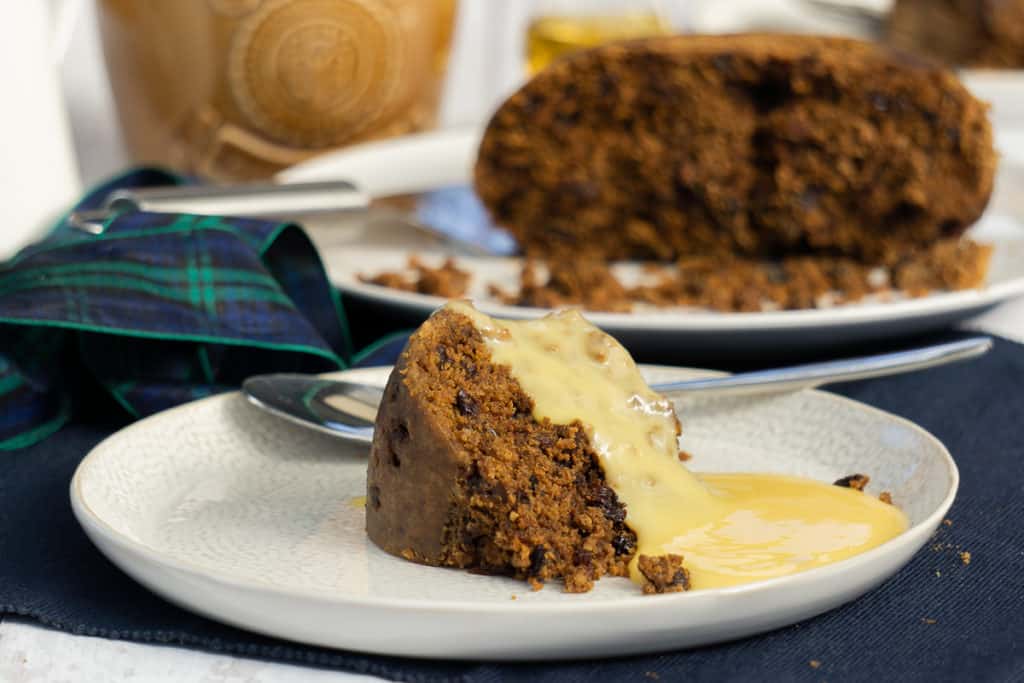
First Footing
The first footer tradition that is now associated with Hogmanay was actually a Christmas tradition originally, honouring the search for shelter by Mary and Joseph on Christ’s birth.
The first footer is the first person to cross the threshold on the day (now New Year’s Day) and would carry money, bread or black bun, and coal or peat said to bring wealth, lack of want, and warmth to the household.
Baking Yule Bread
A loaf of unleavened bread called Yule Bread was baked for each member in the family, with one including a trinket that would bring luck to the person who found it.
When Christmas was banned bakers were required to give the name of anyone who asked for Yule bread to the authorities. The bread was made with caraway seeds and shaped into a rope-like round.
Modern Christmas Traditions in Scotland
These days Christmas is celebrated much like it is elsewhere. Lights are strung across towns and Christmas trees are put up and decorated.
Gifts are exchanged in the morning, and everyone sits down for a big main meal, usually in the mid-afternoon.
Watching Christmas movies and tv with family is popular, and lots of people go out for a walk too.
Some of the historic traditions remain for some, like burning a rowan branch, and eating lots of the food like mince pies and shortbread too.
Christmas markets are popular and usually have stalls selling food and bespoke gifts, as well as rides or ice skating.
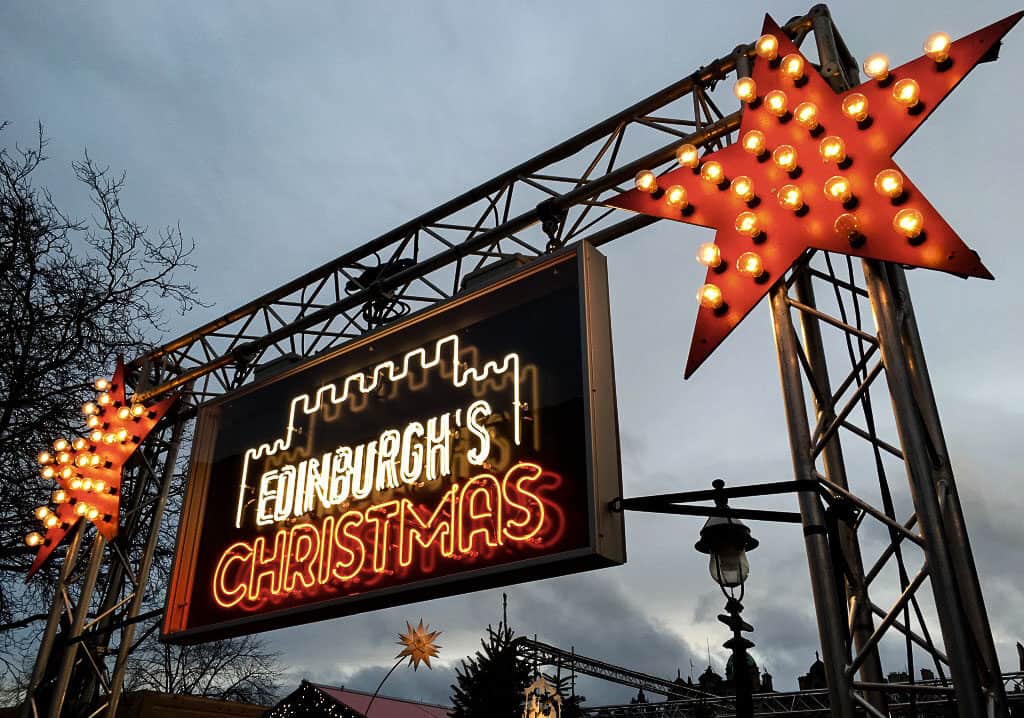
Hogmanay Traditions
As mentioned, when Christmas wasn’t allowed in Scotland celebrations turned to the New Year, or Hogmanay. Events usually last several days! It’s a time to gather and celebrate with friends and family.
There’s a huge street party in Edinburgh, culminating in fireworks displays off Edinburgh Castle. Fire celebrations are common, with the Viking torchlight procession in Edinburgh and Fireballs in Stonehaven.
First footing moved to New Year’s Day, which is also when many also take a dip in the Firth of Forth at the “Loony Dook”.
On New Year’s Eve itself at midnight people cross arms, hold hands, and sing Auld Lang Syne in unison, a Scots poem written by Rabbie Burns.
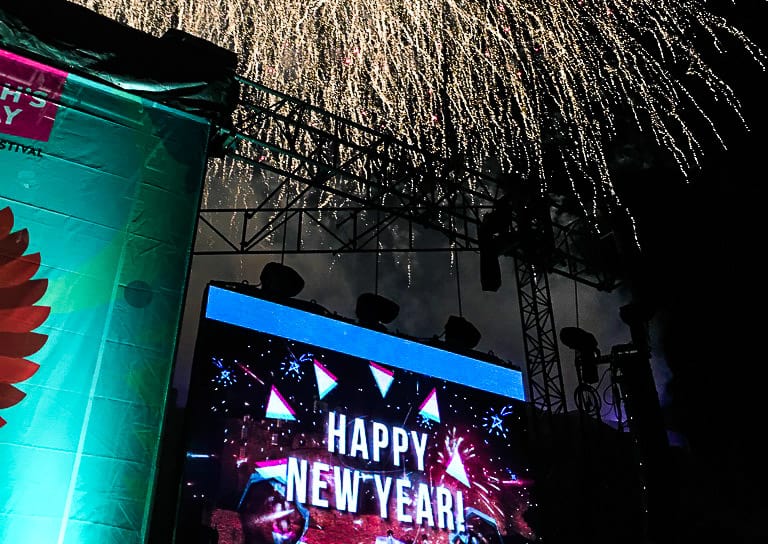
As you can see, there are many historic Scottish Christmas traditions that we can see the reflected in some of our modern-day Christmas celebrations, and in Hogmanay too!
So will you do anything to make your Christmas a bit Scottish this year?

I love a touch of plaid in décor…especially during the holidays…and not relegated to napkins.
I included an interpretation of plaid in my thistle lantern, which was quite challenging actually. I did this design for myself initially, Robbie Burns was approaching but it is becoming one of my strongest sellers. Maybe it’s the popularity of Outlander?